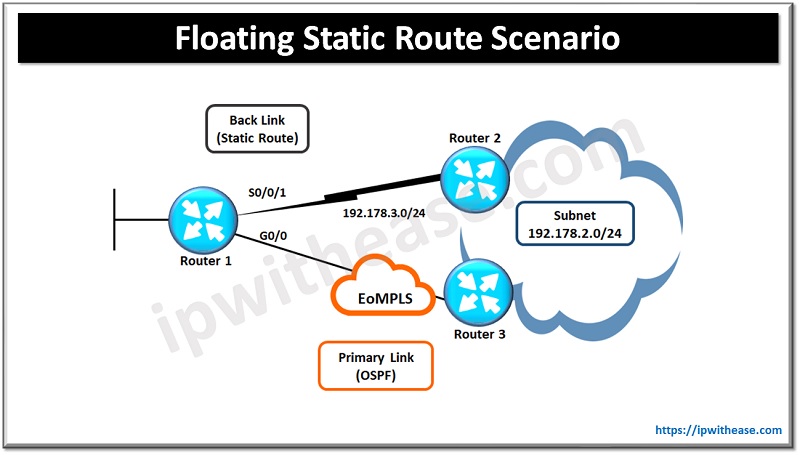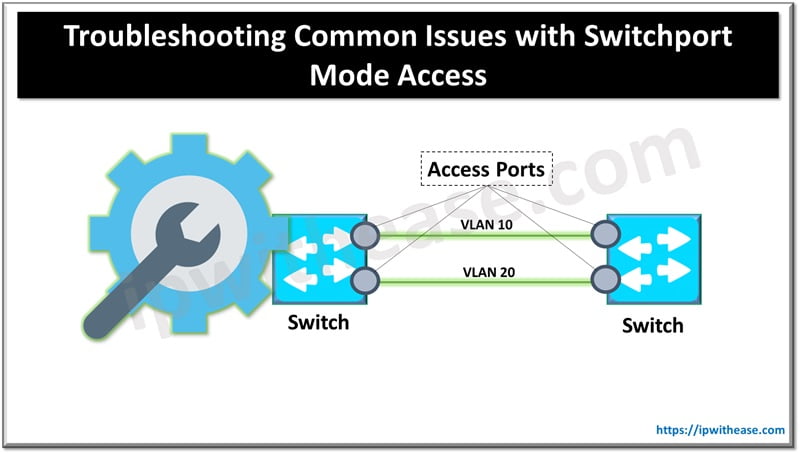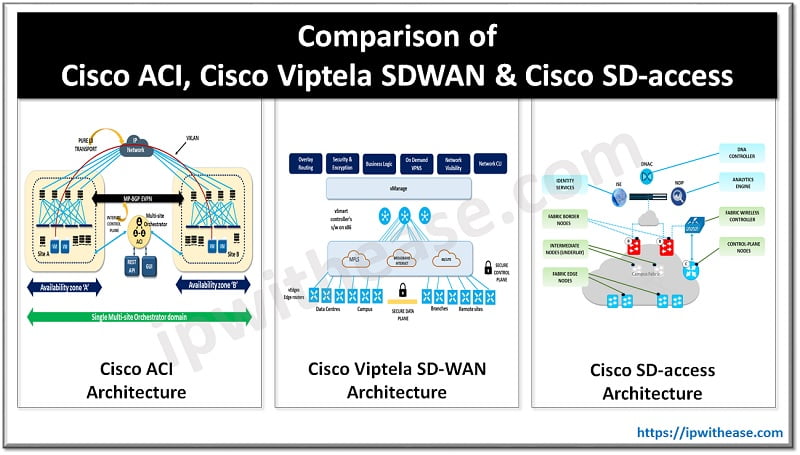Table of Contents
Redundancy of network routes is a very crucial aspect of network communication. Routes can be learned statically or dynamically and usually static route is assigned a higher administrative distance and less preferable than a dynamic route and static route is not used.
However, in the event dynamic route is lost due to any reason such as poor link or connectivity, jitter, loss etc. then static route can take over and traffic can be routed through an alternate route. So basically, a static route is a backup route and will only appear in the routing table when a dynamically learned route is not available or lost.
Today we look more in detail about floating static routes, their pros and cons and how to configure floating static routes.
What is Floating Static Route?
A floating static route acts as a backup of a dynamic route on the router. The floating static route needs to be configured with high administrative distance with respect to the dynamic route for which it is acting as backup. In Cisco Administrative distance (AD) of a static route is 1 as it is the most trustworthy connection after the directly connected route with administrative distance (AD) of zero (0). Floating static routes can be combined with dynamic routes to provide a backup mechanism.
Pros and Cons of Floating Static Route
PROS
- It uses less bandwidth than dynamic routes
- No CPU cycles are used to calculate or update routing information
- Better administrative control over routing
- Static routes are not advertised in the network hence are more secure
CONS
- Whenever network changes occur you need to manually reconfigure static routes
- Manual effort is involved
- Not suitable for dynamic and complex network environments
How does Floating Static Route work?
We will use a scenario to understand how a floating static route works and its configuration.

In the above diagram Router 1 is connected with two WAN links.
- Gigabit Ethernet link using OSPF
- T1 line with static routing
Primary link is Gigabit Ethernet using OSPF is a dynamic routing protocol and T1 static route is backup link in case primary becomes unavailable. IOS will choose and calculate route having the lowest administrative distance. The slower T1 static route is the preferred route based on administrative distance of value ‘1’. OSPF has an administrative value of 110 and static route administrative value is to be manually configured at higher value and less preferable then OSPF dynamic route having administrative value of 110.
As long as primary link is available and OSPF on router 1 learns a route for 192.178.2.0/24 network with default administrative distance of 110 it will ignore static route.
Router 1# ip route 192.178.2.0 255.255.255.0 192.178.3.1 130
Use show ‘ip route’ command to verify if administrative distance of static route is changed higher to administrative route for OSPF.
Router 1# show ip route static
! Legend omitted for brevity
192.178.0.0/16 is variably subnetted, 6 subnets, 2 masks
S 192.178.2.0/24 is directly connected, Serial0/0/1
Router 1# show ip route 192.178.2.0
Routing entry for 192.178.2.0/24
Known via “static”, distance 130, metric 0 (connected)
Routing Descriptor Blocks:
* directly connected, via Serial0/0/1
Route metric is (0), traffic share count is (1)
The administrative distance of the static route is changed to 130 which is higher than the administrative distance of OSPF which is 110. Which makes it the primary and preferred route for packet forwarding.
Use case for Floating static routes
- Connectivity to specific network
- Connectivity to stub router
- Routing table entries summarization to reduce size of routing advertisements
- Act as backup link in the event primary link fails
Continue Reading:
Route Description in Static Routes
ABOUT THE AUTHOR

You can learn more about her on her linkedin profile – Rashmi Bhardwaj



